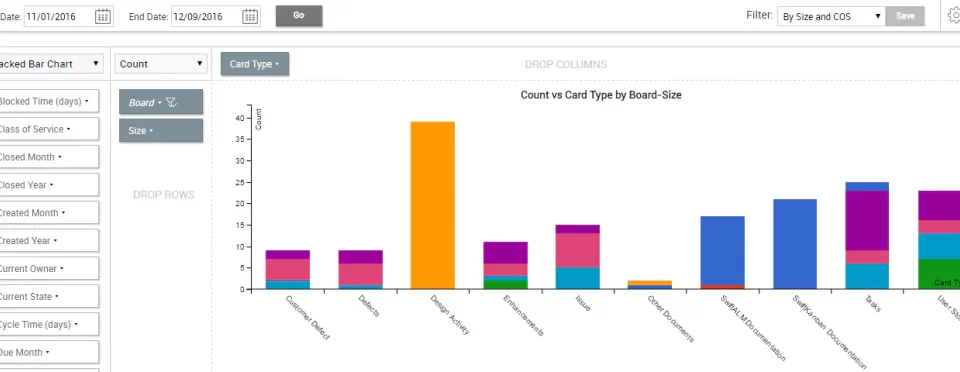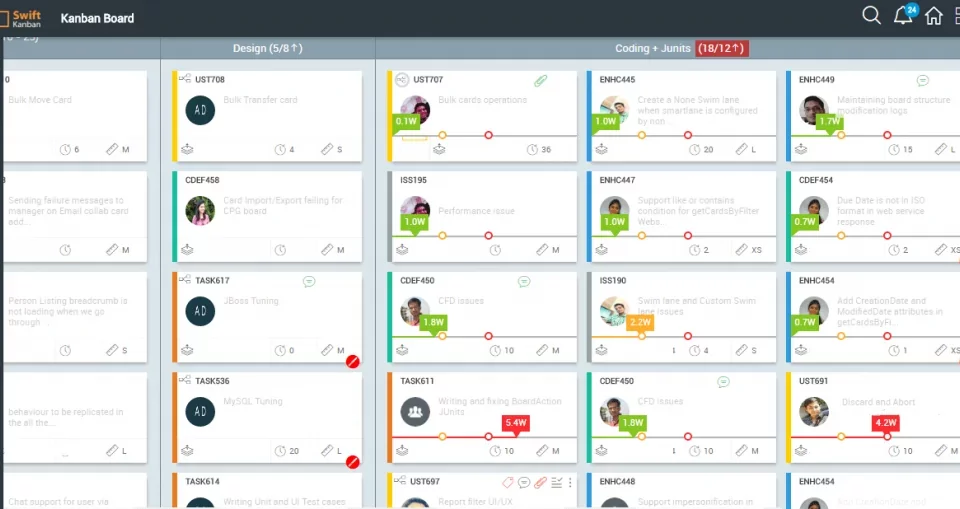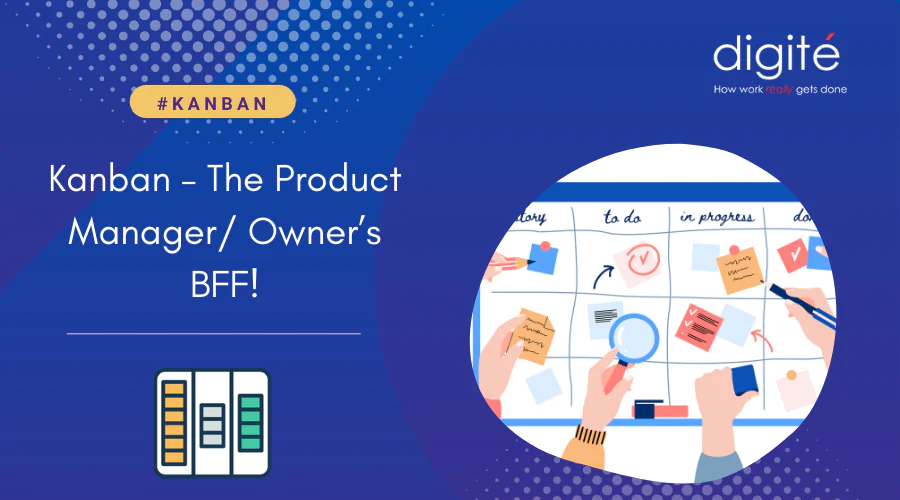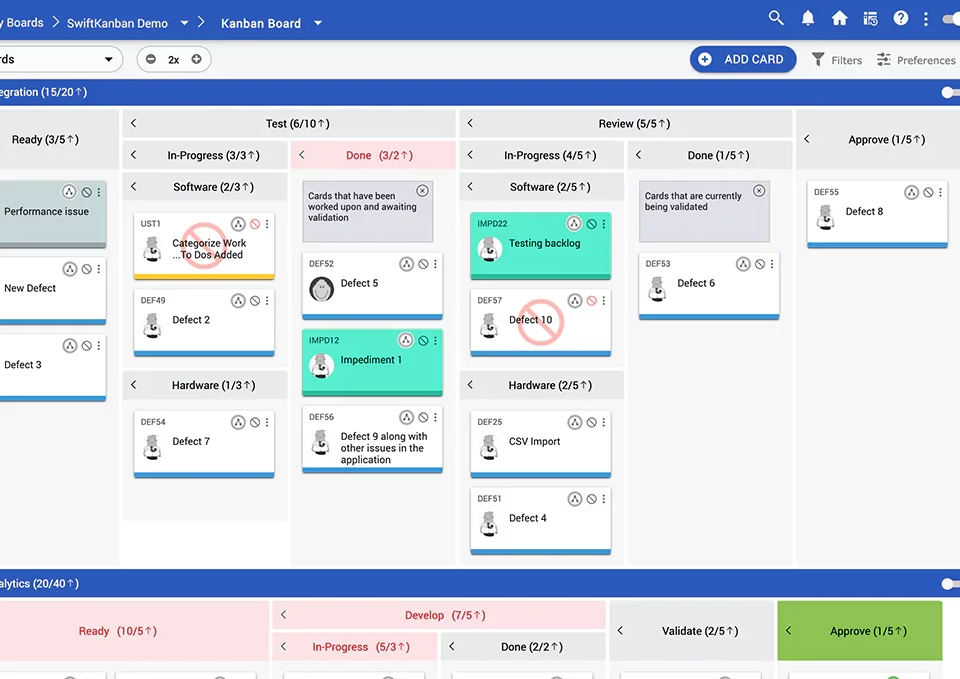- Filter by
- Categories
- Tags
- Authors
- Show all
- All
- Agile
- Agile ALM
- Agile Marketing
- Agile Metrics
- Agile Tool
- AI
- ALM
- ALM Tools
- Application Lifecycle Management
- Application Portfolio Management
- Artificial Intelligence
- Blogs
- Bytes
- Capacity Planning
- Collaboration
- Essential SAFe
- Everyday Kanban
- Hybrid Agile
- Kanban
- Kanban board
- Kanban cycles
- Kanban for Distributed Teams
- Kanban Tool
- Leadership
- Lean
- Lean ALM
- Lean Software Development
- Lean SSC
- Lean/ Kanban
- Management
- Modern Management
- News and Events
- Newsletter
- Portfolio Kanban
- Portfolio Management
- PPM
- Process Maturity
- Product Updates
- Product Webinars
- Project Management
- Remote Working
- Requirements Management
- SAFe
- Scaled Agile ALM
- SwiftEnterprise
- SwiftEnterprise Updates
- Uncategorized
- Upcoming Webinars
- Visual Management
- Visualization
- Webinars
- WIP
- All
- Account Reporting
- agile
- Agile 101
- Agile ALM
- Agile Management
- Agile Marketing
- Agile Metrics
- Agile Tool
- AgileIndia2015
- Agility
- AI
- ALM
- ALM Tools
- Application Lifecycle Management
- august swiftkanban
- Be Nimble
- Benefits of ALM
- Best
- Books
- Brochures
- Burndown Chart
- Business Benefits of ALM
- Business Management
- Capacity Planning
- Card Color
- Case Studies
- Change Management
- Checklists
- class of service CoS
- cognitive thinking
- Collaboration
- Collaborative Product Management
- continuous improvement
- Customer Satisfaction
- Cycle Time Analysis
- Cycle time settings
- Cycles
- DAD
- Developer Productivity
- DevOps
- Discovery Kanban
- Effort Tracking
- Elimination of waste
- Employee Engagement
- Employee Productivity
- Enterprise Kanban
- enterprise se
- Enterprise Services Planning
- Esp
- Essential SAFe 4.0
- Fixed-Duration Projects
- Fixed-Price Projects
- flowefficiency
- Getting things done
- Global Delivery Model
- Granular Kanban
- GTD
- Humanizing Work
- Hybrid Agile
- Importance of WIP Limits
- Infographics
- innovation
- Issue management
- IT
- IT Ops
- Kanban
- Kanban 101
- kanban app
- Kanban board
- kanban cadences
- kanban cards
- Kanban cycles
- Kanban for Business Analysis
- Kanban for Distributed Teams
- Kanban Hierarchy
- Kanban in Marketing
- Kanban in Procurement
- Kanban Portfolio Management
- kanban to-do Board
- Kanban Tool
- Kanban tools
- kanban update
- Kanban/ Agile Webinars
- kanbanflow
- Kanbantraining
- Leadership
- Lean
- Lean ALM
- Lean Procurement
- Lean Software Development
- Lean SSC
- Lean/ Kanban
- Lean/agile framework
- leankanban
- Leankanbanuniversity
- Learning
- LeSS
- LSSC11
- Management
- marketing management
- Modern Management
- MUDA
- Objectives
- Paired Programming
- Personal Kanban
- PI Planning
- PKFLOW
- Planning & Tracking
- PM 101
- Portfolio Kanban
- Portfolio Management
- PPM
- Process
- Process Maturity
- processes
- Procurement
- Product Management
- Product Owner
- Product Webinars
- Program Increment
- Project Portfolio Management
- Project Team Productivity
- Quantification
- Release Management
- Release Train Engineer
- Replenishment Meeting
- Reporting
- Requirements Management
- RoI of ALM Tools
- Root cause analysis
- SAFe
- Scaled Agile
- Scaled Agile ALM
- Scaled Agile Framework
- Scaling Agile
- Scrum
- Scrumban
- Software
- Software Estimation
- SwiftESP
- SwiftKanban
- SwiftKanban iOS app
- swiftkanban july
- swiftkanban june
- swiftkanban mobile app
- SwiftKanban Update
- Systems Thinking
- Task Lists
- Team Kanban
- Teams
- To-Do Board swiftkanban
- To-Do Lists
- Toyota Kata
- upstream Kanban
- user story
- Visual Management
- Visual Project Management
- Visualization
- Webinars
- Whitepapers
- WIP
- WIP limit
- wip limits kanban
- Work Breakdown
- XP
- All
- Muhammad Raza
- Anadi Misra
- Andrea Fryrear
- Repaka Anjana Likitha
- Anitej Rao
- Ashwin Swarup
- Ashwini Lalit
- Anshuman Singh
- Bhaskar S
- Bhavesh Siddamsettiwar
- Raghunath Basavanahalli
- Bash Sarmiento
- Burkhard Berger
- Carlos Schults
- Christina Sookram
- Christophe Achouiantz
- David Anderson
- Dave White
- Elizabeth Harrin
- Florian Boldt
- Team Infosec
- Joaquin Aceron
- Jim Benson
- Julia Wester
- Karan Gadani
- Kshipra Bhat
- Linsa Saji
- Mahesh Singh
- Manikandan R
- Marjan Venema
- Masa K Maeda
- Mike Burrows
- Navin Anand
- NimbleWork PR
- Nishanth Mittu
- Niveditha Reddy
- Natalia Manha
- Priyank Parekh
- Ram Subramanian
- Rumyana Dancheva
- Roman Shvydun
- Rupal Kaushik
- Siddharth Dutta
- Simli Saha
- Subhajit Sengupta
- Sudipta Lahiri
- Sunita Vyas
- Team ESG
- Zach Watson
February 20, 2017
Published by Priyank Parekh on February 20, 2017
Categories
Cycle time (or System Lead Time as some call it) is one of the most common metrics used to measure the effectiveness of a Kanban system. Cycle time is the time taken by a Kanban card to move from start to end on the board (or some part thereof). As you start using a Kanban system and implementing its principles, ideally the cycle time of the system should reduce. In David Anderson’s initial blogs “http://www.djaa.com/why-kanban-why-focus-lead-time-reduction” he has clearly emphasized the importance of reducing the lead or cycle time of a Kanban system. Besides the obvious advantage of “faster-time-to-market” or faster delivery of value to customer, lead time reduction usually mean reduction of wait times in the overall workflow as the Kanban system helps to highlight and reduce different types of waste, including time between handoffs, blocked time due to waiting on external (or internal) dependencies, etc.
December 25, 2016
Published by Priyank Parekh on December 25, 2016
Categories
With the December update, we have made a huge breakthrough in 2 major areas which have been in our backlog for a long time and have been repeatedly requested by customers across the globe.
October 27, 2016
Published by Florian Boldt on October 27, 2016
Categories
Most projects and business activity have a ‘flow’ or a ‘process’, comprising adjacent steps or phases, to produce a product or to deliver a service, to internal customers or external customers. Kanban is the way many teams and organizations visualize their work, identify and eliminate bottlenecks and achieve dramatic operational improvements. Kanban is an evolutionary approach to change and improvement irrespective of the method or framework currently in use.
October 17, 2016
Published by Anshuman Singh on October 17, 2016
Categories
Attending Kanban Training
September 27, 2016
Published by Mahesh Singh on September 27, 2016
With the latest update to SwiftKanban, we have made some exciting progress in supporting Enterprise Services Planning, Upstream or Discovery Kanban – and Portfolio Management with Kanban. At the same time, we have tackled one of the most needed, and fairly tricky, feature of customizing the information one can see on Kanban cards in the Kanban Board view.
July 21, 2016
Published by Sudipta Lahiri on July 21, 2016
Categories
Many teams adopting Kanban come from Agile background. Agile thinking has discouraged the use of Due Dates. Due Dates breed undesirable behavior. Focus on Due Dates results in teams working under significant pressure. Quite often, that translates into short cuts in Design/ Testing activities. The net effect is that work quality is compromised and technical debt piles up.
January 31, 2016
Published by Mahesh Singh on January 31, 2016
Categories
Of all the roles in a software or product development organization, I will argue the Product Manager’s (or Owner’s) job is the most challenging. On the one hand, the task of figuring out just what to build is complex and multifaceted. On the other hand, in any reasonably mature product organization, there is so much work that is going on and so much new demand, that the Product Manager can wish all they want in terms of product innovation and focus on the product roadmap, but failure and customer demand pretty much hijacks most of the Dev capacity in the organization.
September 18, 2014
Published by Mahesh Singh on September 18, 2014
How do you design your first Kanban board? This thought was triggered by a question posted by someone who works at an agency and were trying to figure out the best way to set up their Kanban board. The agency appears to be a small team working on multiple customer assignments and they wanted to use Kanban to track all of the work they do.
September 7, 2014
Published by Mahesh Singh on September 7, 2014
Categories
I’m sure most of us have seen the famous cartoon strip about requirements management – which highlights what the customer asked for vs. what they really wanted!








